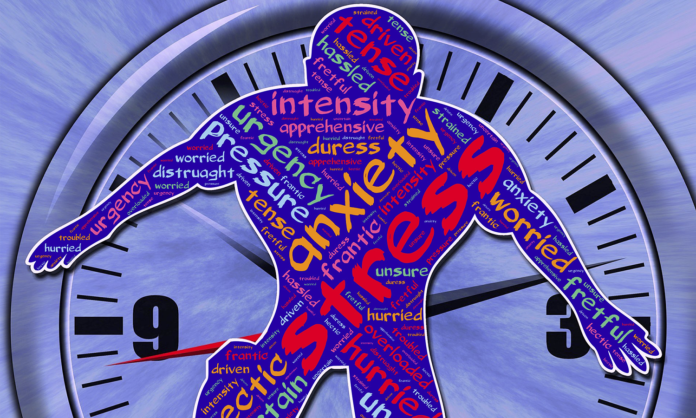In a post on Writer Unboxed, Julie Duffy shares advice on creating interpersonal conflict that is both interesting and believable. While emotional reactions happen internally, we often express ourselves physically. “If we write characters who only ever react intellectually, we limit our options and run the risk of boring readers,” Duffy says. “If, however, we understand how our humans react physically to conflict, it gives us the tools to write delicious and diversely stressful scenes.”
External stimuli trigger a specific series of events in our bodies, usually faster than we can discern them, Duffy notes.
- Lizard-Brain Goes First. Our initial reaction is involuntary, a flood of chemicals that trigger the fight or flight (or freeze) response.
- Conditioning Kicks In. Once that response kicks in, we react by habit – or by how we were trained. This may not be the best reaction, but it’s one we were taught or learned from experience.
- Social Rules. Assuming we haven’t passed out, our next consideration is social norms. How should we react to this stimuli? You might want to hit someone who’s insulted you, but society generally frowns on it.
- Intellectual Reaction. Once those instincts have washed over you, you may be ready to make a reasoned choice. That choice might be to follow your conditioning or obey a social norm, or to do the opposite, but at this point, you’re making a conscious choice.
While it’s nice to think we’d wait until Step 4 to physically react, most humans don’t and your characters shouldn’t. “Characters are especially vulnerable to reacting to the wrong stimulus at the start of stories, when they still have a lot to learn (or at the end, if their character arc is a downward spiral),” Duffy notes. “Even the most reasonable of characters can act contrary to their own best interests if they are tired, hungry, or being dangled off a cliff by a mustache-twirling villain.”
When you need your character to slip up, put the under stress and see how they respond. Ask how they were raised (trained) to respond and how society might expect them to act. What is the acceptable reaction? Consider where your hero is on the character arc and whether poor reactions are part of that story. Where will a bad reaction matter most in your story and leave the biggest impression on your readers?
Duffy also recommends lingering in various phases to build dramatic tension and provide the reader with your hero’s interior calculations. Alternatively, show the reaction to leave the reader in the dark, especially if the reaction seems contrary or oversized compared to the stimulus. “There’s more going on than anyone can see-–even the person inside each particular skin-suit!” Duffy writes. “Let the reader in on as much as they need to know, to meet your purposes.”












